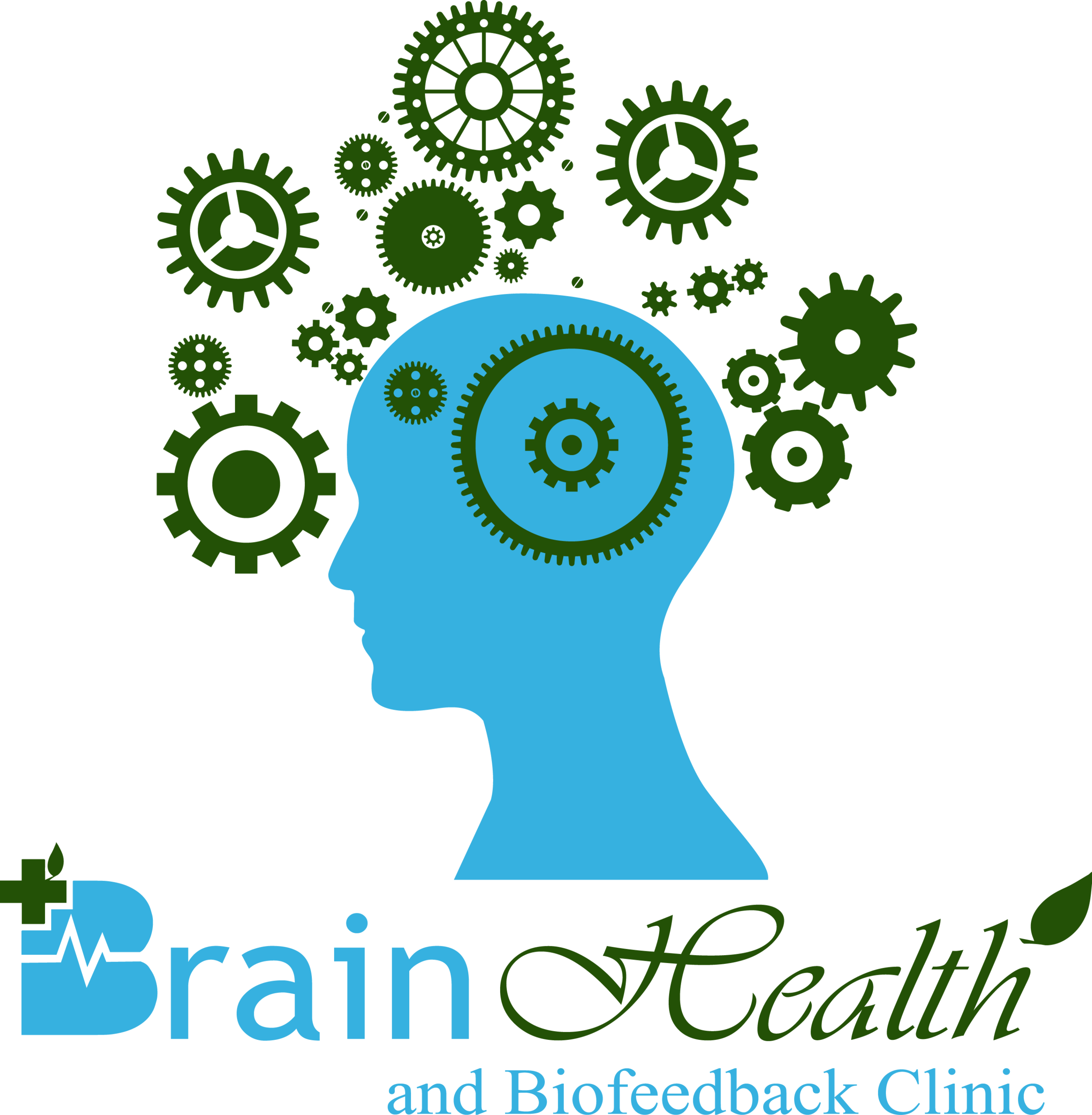Heart Rate Variability Training
What is heart rate variability training?
The human heart, unlike a metronome, is changing the frequency at which it beats from second to second. Slightly slower... slightly faster... all the time. The measurement of this variation is the termed the Heart Rate Variability (HRV).
But why would we want to look at what my heart is doing?
It's all to do with your autonomic system. This is the system that ticks away in the background without you having to think about it. The system that influences your blood pressure, your heart rate, whether you sweat, whether your pupils constrict or dilate... and generally all the functions that should just happen automatically; hence the term "autonomic".
There are two branches to the autonomic system - the fight and flight (or sympathetic system- think; being chased by a tiger) and the rest and digest (or parasympathetic system- think; sitting by a stream on a warm day with a gentle breeze and a great book). These two create a balance in the body that we can see with the waxing and waning of the HRV. So measuring HRV gives us a view of what your autonomic system is up to! And often in chronic illness including head injury, it's the autonomic functions such as HRV and to some extent respiration, which are out of balance and part of the ongoing inability of the system to heal. The fortunate thing is that we can actually train the HRV and in so doing help to heal imbalances in the autonomic system.
This is why HRV training results in:
Reduced anxiety
Lower blood pressure
Improved mood
Improved memory and cognitive performance
Better physical stability
Research showing improved outcomes in TBI (traumatic brain injury)
In fact, studies show similar positive effects to those of advanced meditators or yoga practitioners.
So why would training the rate at which the heart beats have anything to do with improving memory? It seems like an unrelated system.
In fact, 80-95% of the communication between the heart and the brain which runs in the Vagus nerve (the main parasympathetic nerve) actually travels from the heart to the brain rather than the other way round, informing the brain. It links directly into the Thalamus which is the main timing center for the brain and as the brain is all about rhythms, sets the timing right, much like an excellent conductor in an orchestra.
HRV is also helpful in peak performance for CEO's and athletes as it provide an insight into whether an athlete is over training and training to remain calm, alert, relaxed and focused. Thus it can allow an athlete to get into "the zone" and to optimize their training regimen. As a result many top athletes use the HRV training as part of their overall program.
What happens in aN HRV training session?
HRV is a standard for most patients attending many Neurotherapy clinics due to the fact that it augments healing and brain timing. In our clinic, the client sits in a recliner couch with a sensor clipped to the ear. The HRV is displayed in real time on a screen visible to the trainee. They are then guided to be able to alter their HRV parameters.
Call us on 03 471 9398 or email us at office@bhbclinic.co.nz, and our helpful BHBC team will provide more information.

